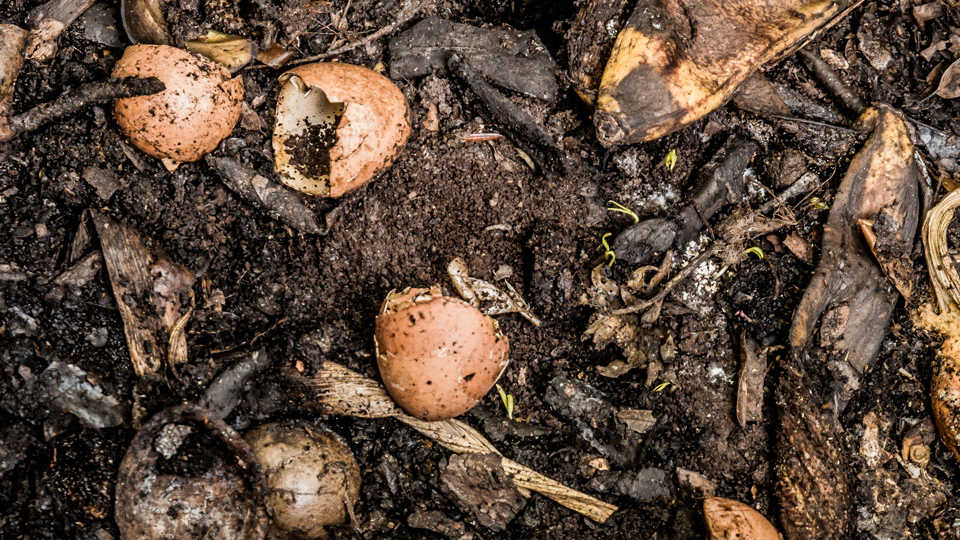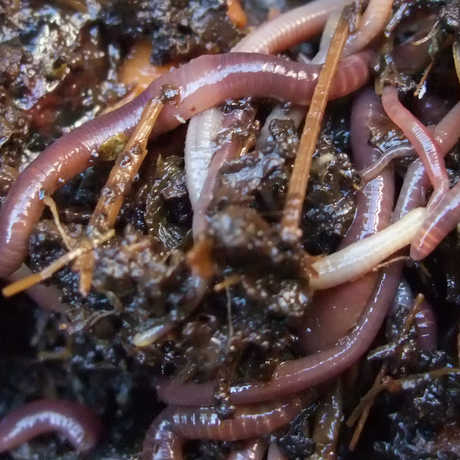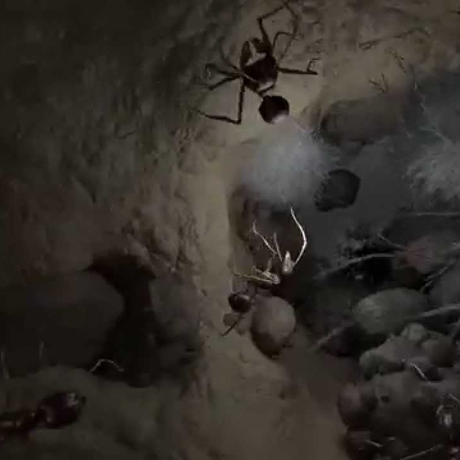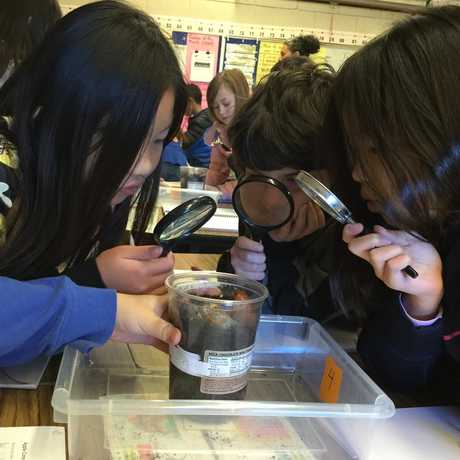The average American generates 4.6 pounds of trash a day which adds up to 1,642.5 pounds a year (EPA 2006). San Francisco has one of the most successful recycling and composting programs in the country, reporting that as much as 80% of waste is diverted away from landfills to recycling and composting facilities (Zero Waste FAQ, 2014). Although this is a highly successful program, lots of trash still needlessly ends up in a landfill. More thorough recycling and composting could keep almost all our residential waste from the landfills.
There are two main types of trash that humans generate: organic and inorganic. Organic waste consists of plant and animal material, such as uneaten food and lawn scraps. This is the same type of waste that is generated in natural ecosystems when plants and animals die. In nature, the plants and animals decompose, or break down into their principal nutrients with the help of insects, bacteria, and other microorganisms. These creatures are called decomposers and they play an extremely important role in nature; without them the Earth would be piled high with dead things. Once decomposition occurs, the nutrients are absorbed back into the soil where they play an important part in soil health. This nutrient-rich soil is then available to nourish new plants, which in turn nourish animals. Thus the “waste” is completely recycled into new life. This is considered a full-loop life cycle because the materials are constantly recycling themselves through the ecosystem. When humans throw their organic waste into the trash, it ends up in a landfill where it is unable to complete its life cycle. It will eventually break down, but it will not return its nutrients to the soil. One way that we enable organic waste to complete its full-loop life cycle is through composting. When we throw our organic waste into a composting pile, it decomposes and turns back into nutritious soil that can in turn be used to nourish plants. This is a great way to add healthy nutrients to the soil and conserve valuable landfill space at the same time.
Inorganic waste is trash composed of items that are either not derived from plant and animal sources or, like petroleum products, are the product of ancient organisms that haven been refined by humans and cannot be broken down by decomposers. Examples of inorganic waste are plastics and metals. This type of waste does not decompose quickly. Plastic and metal will spend thousands of years in a landfill, and although they may breakdown into smaller pieces over time, with the help of sun and water, they will not provide nourishment for new life to grow. This is called a linear life-cycle, because the life of the material ends when it is thrown away.



